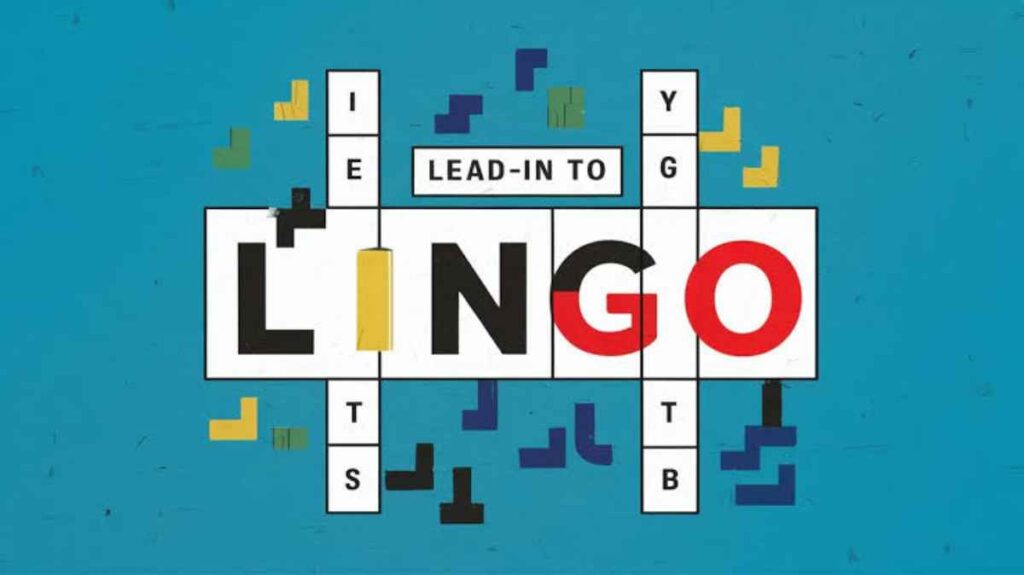
Introduction:
Have you ever found yourself intrigued by the mysterious phrase “lead in to lingo” that frequently pops up in crossword puzzles? Are you eager to unlock its secrets to enhance your language skills and become a master puzzle solver? If so, you’ve come to the right place! Join us on a deep dive into the intricacies of “lead in to lingo,” where we’ll explore its significance in both the world of crossword puzzles and everyday language. Whether you’re a seasoned puzzle aficionado or just starting out, understanding this concept is crucial for navigating a wide range of linguistic challenges and reaping the rewards of solving puzzles. So, let’s embark on this journey together as we unravel the mysteries surrounding “lead in to lingo”!
Understanding the Basics:
When it comes to mastering the art of solving crossword puzzles, establishing a strong foundation is key. One concept that often poses a challenge, especially for beginners, is the idea of “lead in to lingo.” But what exactly is a lead-in word? In the context of crossword puzzles, a lead-in word acts as a clue that guides you toward the solution. It sets the stage for the answer, providing context or direction.
Identifying the lead-in word is the first step toward efficiently deciphering a crossword puzzle. It’s like cracking a secret code – once you decode the lead-in word, the pieces of the puzzle start to fall into place. But how do you spot the lead-in word among all the letters and clues? One strategy is to carefully examine words or phrases that hint at the puzzle’s theme or subject matter. These could be common expressions, idioms, or specific language patterns that suggest a particular theme.
Context is also crucial when trying to unravel the mystery of the lead-in word. Take a close look at the clues provided in the puzzle and consider how they relate to each other. Do they seem to have a common theme? Are there recurring motifs or topics? By analyzing the context carefully, you can narrow down the possible interpretations of the lead-in word, making it easier to find the correct solution.
Approaching lead-in to lingo crossword puzzles with a beginner’s mindset can be incredibly helpful. Instead of overthinking things, try to keep it simple. Sometimes, the most straightforward explanation is the right one. Trust your instincts and don’t be afraid to rely on your intuition. Remember, practice makes perfect – the more you engage with crossword puzzles, the better you’ll become at identifying and deciphering lead-in words.
Solving Crossword Puzzles:
Solving crossword puzzles is a challenging yet rewarding endeavor, with understanding the lead-in to lingo playing a crucial role in achieving success. To conquer these puzzles effectively, you’ll need to employ a variety of strategies.
Start by carefully examining the clues and looking for any words or phrases that could be potential lead-in words. These clues often provide valuable insights into the puzzle’s theme or subject matter, helping you determine where to begin.
Once you’ve identified a possible lead-in word, take a closer look at the context. Dive deeper into the surrounding clues and try to identify any patterns or connections. This will help you narrow down the possible interpretations of the lead-in word and move closer to finding the solution.
In tackling lead-in to lingo crossword puzzles, it’s helpful to approach them with a beginner’s mindset. Avoid the temptation to overcomplicate things – instead, focus on simplicity and directness. Sometimes, the solution is right in front of you, waiting to be discovered.
Using reference materials dedicated to crossword puzzles can also be incredibly useful when you’re stuck on a lead-in to lingo clue. Whether it’s a crossword dictionary, an online solver tool, or a trusted crossword-solving guide, expanding your resources can provide valuable assistance when you encounter difficulties.
Enhancing Vocabulary and Language Skills:
Mastering the concept of lead-in to lingo isn’t just beneficial for solving crossword puzzles – it can also have a profound impact on enhancing your vocabulary and language skills. By exploring common examples of lead-in to lingo and incorporating them into your everyday speech, you can expand your linguistic repertoire and improve your communication abilities.
Common examples of lead-in to lingo include phrases like “speaking of which,” “on that note,” “anyway,” “back to the topic at hand,” and “all this to say.” These phrases act as transitional markers, signaling shifts in conversation or textual direction. By incorporating them into your discourse, you can create smoother transitions between ideas, resulting in clearer and more cohesive communication.
In addition to expanding your vocabulary, understanding and using lead-in to lingo can also help you develop a better grasp of nuanced linguistic subtleties. By paying attention to the contexts in which these phrases are used, you can gain insights into their underlying connotations and intentions. This heightened awareness of language nuances can improve both your comprehension and your ability to express yourself effectively across a variety of contexts.
Furthermore, mastering lead-in to lingo can contribute to the development of critical thinking and analytical skills. When you’re solving crossword puzzles, you’re not just deciphering the lead-in word – you’re also analyzing clues and context to arrive at the correct solution. This problem-solving process requires logical reasoning, pattern recognition, and the ability to make connections between disparate pieces of information – skills that are valuable beyond the realm of crossword puzzles.
The NYT Crossword Experience:
The New York Times crossword puzzle is widely regarded as a pinnacle of intellectual challenge, known for its clever clues, inventive wordplay, and rich cultural references. As one of the most prestigious crossword puzzles in the world, it offers enthusiasts a uniquely stimulating and intellectually rewarding experience. Exploring the history and significance of the NYT crossword provides valuable insights into its revered status among puzzle aficionados.
The origins of the NYT crossword can be traced back to 1942, when it made its first appearance in the newspaper’s Sunday edition. Since then, it has become a beloved tradition for countless puzzle enthusiasts around the globe. Over the years, the NYT crossword has evolved to reflect changes in language, culture, and society, ensuring its enduring appeal and relevance.
What sets the NYT crossword apart is its combination of wit, erudition, and cultural resonance. Each puzzle is meticulously crafted by skilled constructors, drawing on a vast array of themes, trivia, and wordplay techniques to create an engaging solving experience. From literary references to contemporary cultural phenomena, the NYT crossword offers something for every demographic, regardless of age or background.
Beyond being a mere pastime, the NYT crossword has become a cultural phenomenon in its own right. It has inspired numerous books, documentaries, and even a feature film, underscoring its enduring popularity and influence. For many enthusiasts, solving the NYT crossword is more than just a leisure activity – it’s a cherished ritual that fosters camaraderie, creativity, and intellectual stimulation.
Benefits of Solving the NYT Crossword:
Mental Stimulation: Solving crossword puzzles, particularly the challenging NYT crossword, provides a significant mental workout that helps sharpen cognitive faculties such as problem-solving, memory retention, and attention to detail.
Vocabulary Expansion: The NYT crossword exposes solvers to a wide range of words and phrases from various domains, including literature, science, history, and pop culture, thereby expanding their vocabulary and linguistic skills.
Cultural Enrichment: Many NYT crossword puzzles incorporate clues and references from different aspects of culture, including literature, art, music, and current events. Engaging with these puzzles offers solvers a deeper understanding and appreciation of the diverse facets of the world around them.
Sense of Achievement: Successfully completing a challenging
NYT crossword puzzle instills a sense of accomplishment and fulfillment in solvers, boosting their confidence and self-esteem.

Tips for Effective Utilization:
Mastering the art of lead-in to lingo not only enhances your crossword puzzle-solving skills but also improves your communication effectiveness in everyday life. Whether you’re writing an essay, giving a presentation, or engaging in casual conversation, skillful use of lead-in to lingo can bring clarity, coherence, and impact to your communication. Here are some guidelines for incorporating lead-in to lingo effectively:
Start with the basics: When incorporating lead-in to lingo into your written or oral communication, begin with simple phrases that are easy to understand and remember. Phrases like “speaking of which,” “on that note,” and “anyway” are excellent starting points for beginners, adding a touch of sophistication to your communication.
Immerse yourself: To truly master lead-in to lingo, immerse yourself in the language environment and observe how native speakers use these phrases in everyday interactions. Pay attention to the contexts in which lead-in to lingo is deployed, and try to replicate those contexts in your own communication.
Find a language partner: Practicing lead-in to lingo with a language partner can be incredibly beneficial for honing your skills. Whether it’s a friend, family member, or language tutor, a practice companion can provide valuable feedback and encouragement.
Focus on pronunciation: In oral communication, paying attention to pronunciation and intonation can enhance the effectiveness of lead-in to lingo phrases, making your communication more engaging and captivating.
Review and practice: Like any linguistic skill, mastering lead-in to lingo requires practice and repetition. Spend time reviewing examples of lead-in to lingo and try to incorporate them into your written and oral communication on a regular basis. The more you practice, the more natural and effortless your use of these phrases will become.
Conclusion:
In conclusion, delving into the intricacies of lead-in to lingo opens up a world of cognitive challenges and linguistic enrichment. This journey takes us through the intricate landscape of crossword puzzles, where deciphering the lead-in word acts as a compass guiding us toward the solution. Through careful analysis, strategic thinking, and perseverance, we can unlock the mysteries hidden within each puzzle, sharpening our puzzle-solving skills and linguistic dexterity along the way.
Furthermore, exploring the unique appeal of the New York Times crossword puzzle underscores its enduring influence on the cultural landscape. More than just a pastime, it represents a beacon of intellectual engagement and cultural relevance, fostering a community united by a shared passion for mental stimulation and linguistic exploration.
The benefits of solving the NYT crossword extend far beyond mere leisure. It serves as a catalyst for mental acuity, vocabulary expansion, and cultural appreciation, instilling solvers with a sense of accomplishment and intellectual fulfillment.
Moreover, integrating lead-in to lingo into our communication repertoire transcends the realm of crossword puzzles, enriching everyday discourse with finesse and coherence. By mastering the art of seamless transitions between ideas, we can elevate our communication effectiveness, fostering clarity, coherence, and impact in both verbal and written expression.
In essence, embarking on the journey of understanding lead-in to lingo heralds a transformative experience marked by intellectual discovery, linguistic refinement, and the enduring camaraderie of puzzle enthusiasts. As we navigate the intricate labyrinth of language, let us heed the call to unravel the mysteries concealed within each crossword puzzle, for within their enigmatic folds lies a treasure trove of cognitive challenges and linguistic delights, waiting to be discovered.





